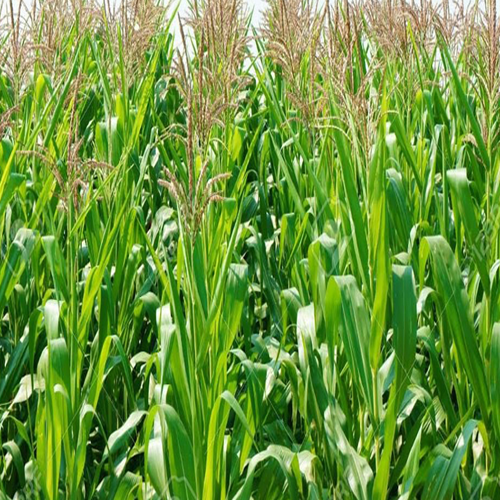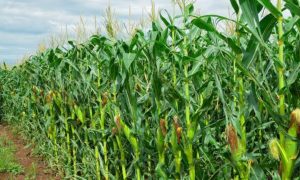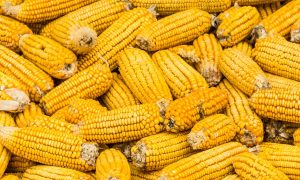More drought across sub-Saharan Africa threatening millions of lives

Rain has finally returned to Malawi after weeks and weeks of severe drought — but it’s too little too late for local farmer Saidi M’madi.
In Malawi’s southern region of Mangochi, the father-of-six stares out at his field, feeling like all of his work in recent months was completely in vain.
“In December, we lost everything. So we uprooted what was planted and started all over again,” M’madi told DW.
“A lot of crops are destroyed. I don’t know what to do,” he adds despondently, knowing that the recent rainfall cannot revive any of his crop after two consecutive tries.
As M’madi ponders on what the future may hold, his only hope is for the government to continue to step in as best it can and help subsidize farmers.
Malawi is currently reaching out to 4.4 million people, according to figures published by the Malawi Vulnerability Assessment Committee (MVAC) in early August last year.
Those assisted by the government amount to about 22% of Malawi’s population of 19.6 million — up by 15% compared to the previous year.Meanwhile in a joint statement, the UN’s Food and Agricultural Organization (FAO) and the World Food Programme (WFP), point out that after several droughts, Malawi is now “experiencing the worst food insecurity in a decade,” as 90% of cultivated land in Malawi depends on rain.
















